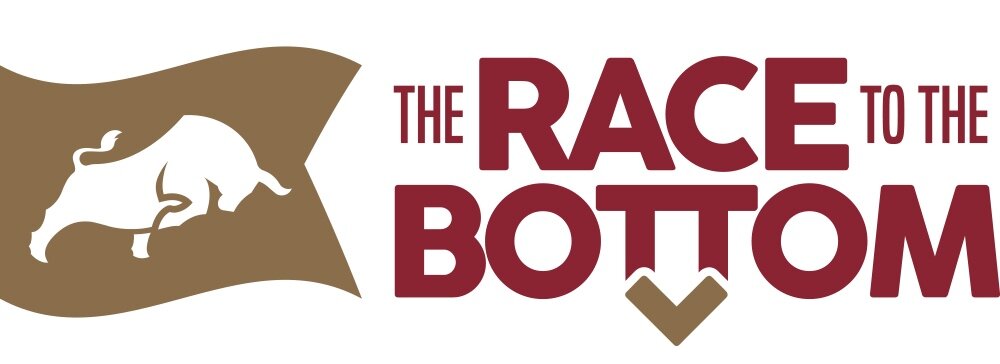Bitcoin has certainly become all the rage in the past few years. Its price captures the world’s attention, whether it rockets upwards or plummets downwards.
But now that Bitcoin’s price has been hovering around $60,000 between April 10 and April 18, 2021—higher than ever before—legendary investor Ray Dalio predicts that the United States government will likely ban the cryptocurrency. (Billy Bambrough, Forbes). He claims that no country, including the U.S., wants to compete with another currency for monetary hegemony. Id. A quick dive into the history and law surrounding Bitcoin and American currency itself will help clear up Mr. Dalio’s surprising claim…
Read More